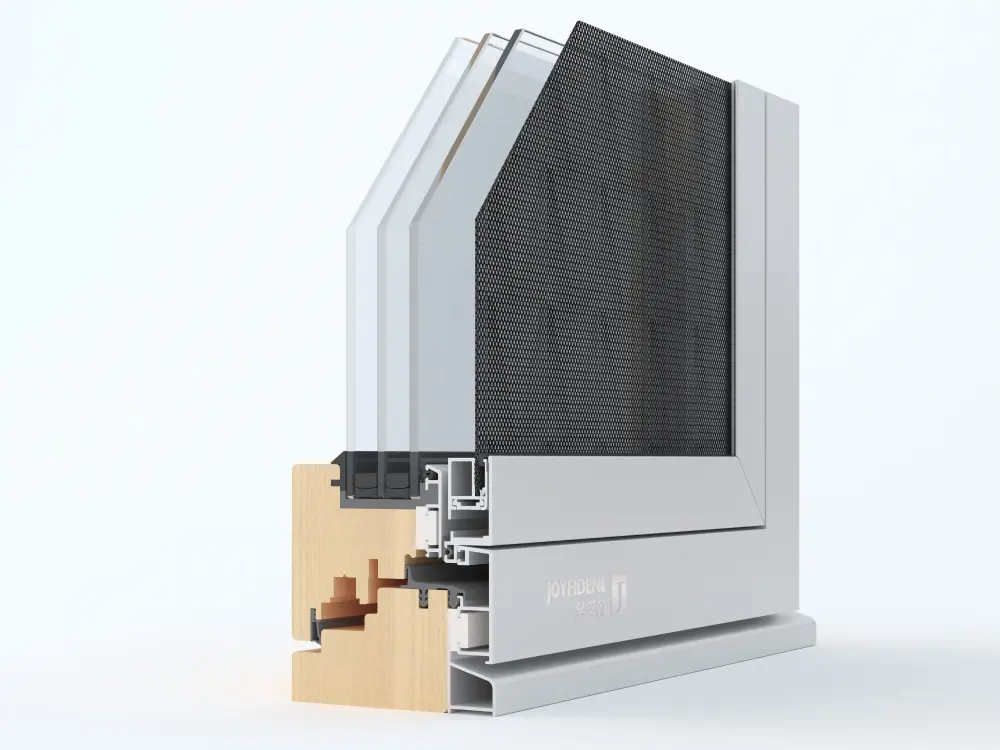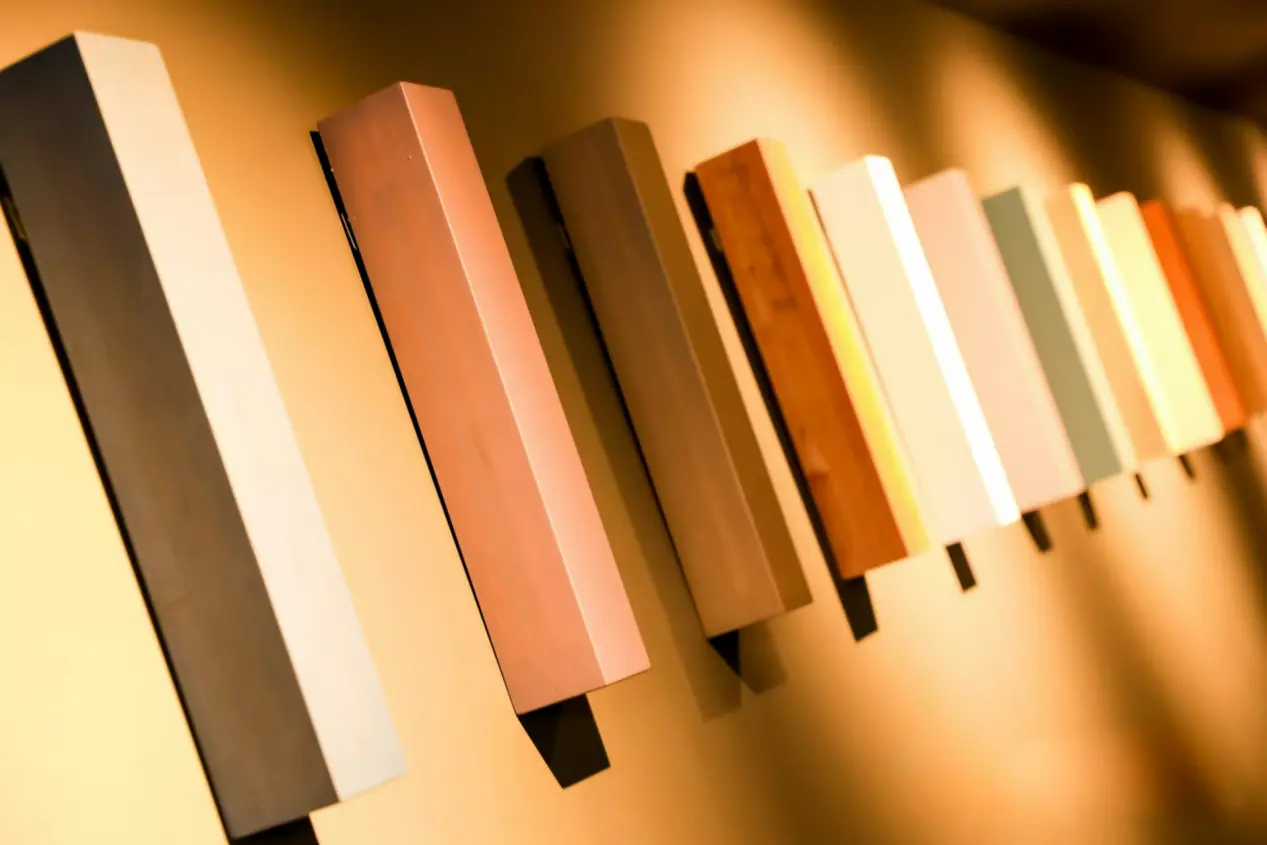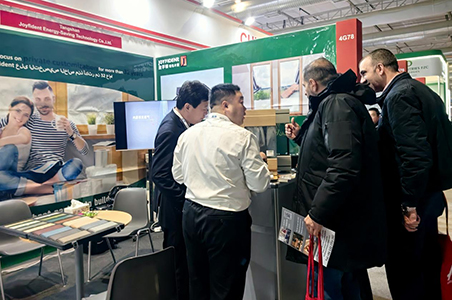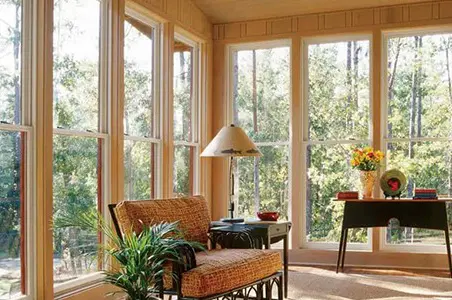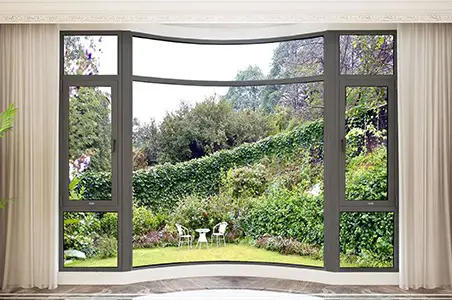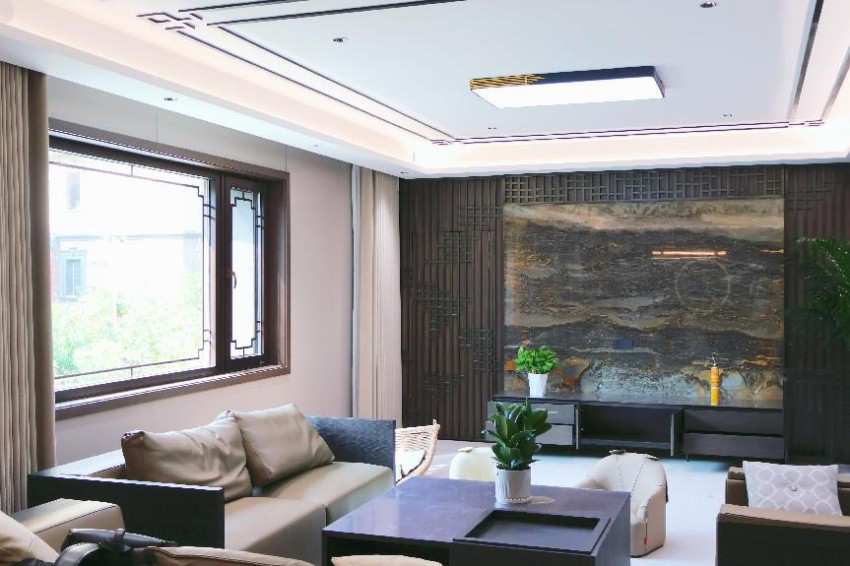How to choose between aluminum windows and aluminum clad wooden windows
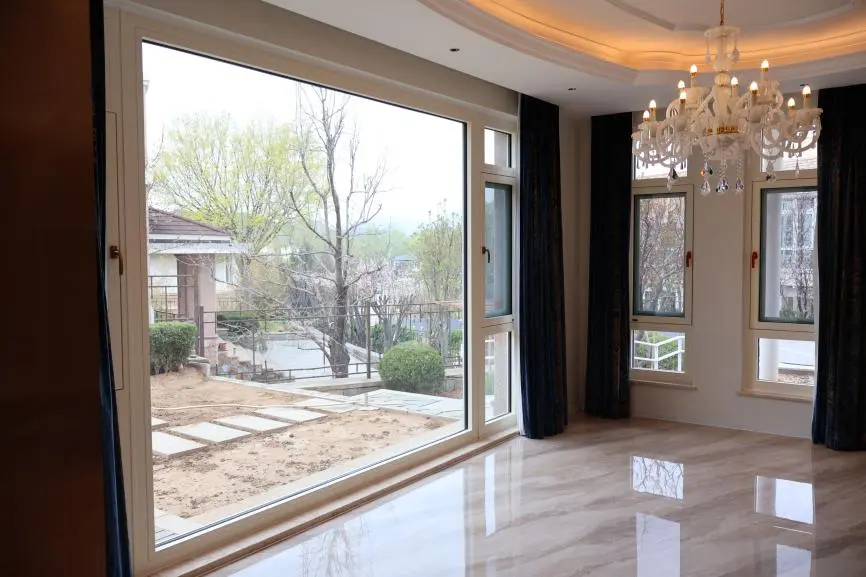
With the increasing demand of consumers for home quality and energy conservation and environmental protection, the choice of door and window materials has become an important issue in decoration. Aluminum windows (represented by broken bridge aluminum) and aluminum clad wooden windows, as mainstream products, have differences in performance, price, and applicable scenarios.
1、 Comparison of Material and Structure
Aluminum Window (Broken Bridge Aluminum): Made of aluminum alloy profiles, with a "broken bridge" structure formed by insulation strips in the middle, effectively blocking heat transfer, and combining portability and weather resistance.
Aluminum clad wooden window: The main frame is made of solid wood, and the outer layer is covered with aluminum alloy. Combining the natural insulation of wood with the durability of aluminum, the appearance is more high-end.
2、 Core performance differences
Thermal insulation and energy efficiency
Aluminum clad wooden windows have significantly better thermal insulation performance than bridge cut aluminum windows (thermal conductivity 3.0) due to their low thermal conductivity (1.3). They can reduce heat loss by about 50% and are more suitable for cold winter and hot summer areas.
The broken bridge aluminum window can also achieve good energy-saving effect through the design of insulation strips, but the overall insulation performance is slightly inferior.
Sound insulation and sealing
Aluminum clad wooden windows use three-layer insulated glass and inert gas filling, combined with the natural sound-absorbing properties of wood, resulting in better noise reduction performance; Its double-layer sealing structure (wood+aluminum) can effectively prevent water mist penetration.
The sound insulation effect of broken bridge aluminum windows relies on insulated glass and sealing strips. Although it can meet general needs, it performs weakly in areas with severe noise such as elevated bridges.
Fire resistance and safety
The ignition point of aluminum clad wooden window wood is 250 ℃, and a carbonized layer is formed during combustion to delay the fire. However, the melting point of aluminum material for bridge cut aluminum windows is 660 ℃, and it is prone to deformation and collapse at high temperatures, posing a risk of secondary hazards.
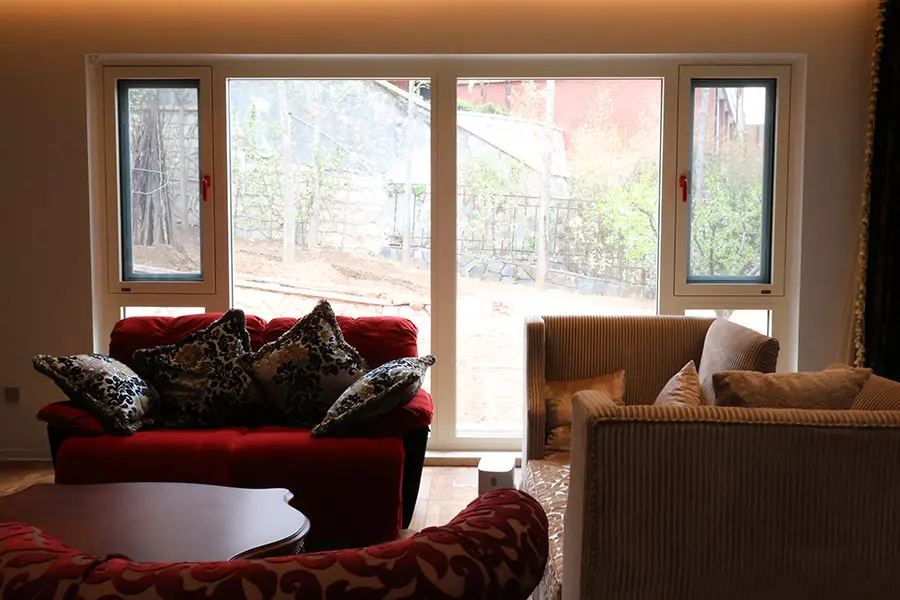
3、 Suggested Applicable Scenarios
Recommended situation for aluminum windows (bridge broken aluminum)
1.Limited budget, pursuing practicality and economy;
2.Ordinary residential buildings with enclosed balconies do not require extreme sound and heat insulation;
3.Wet environments such as kitchens and bathrooms (aluminum clad wooden windows and wood are prone to moisture).
Recommended situation for aluminum clad wooden windows
1.Villas and high-end residences emphasize the unity of aesthetics and overall decoration style;
2.Areas with severe noise such as streets and elevated roads;
3.Families that have high requirements for energy conservation and environmental protection and need to reduce energy consumption in the long term.
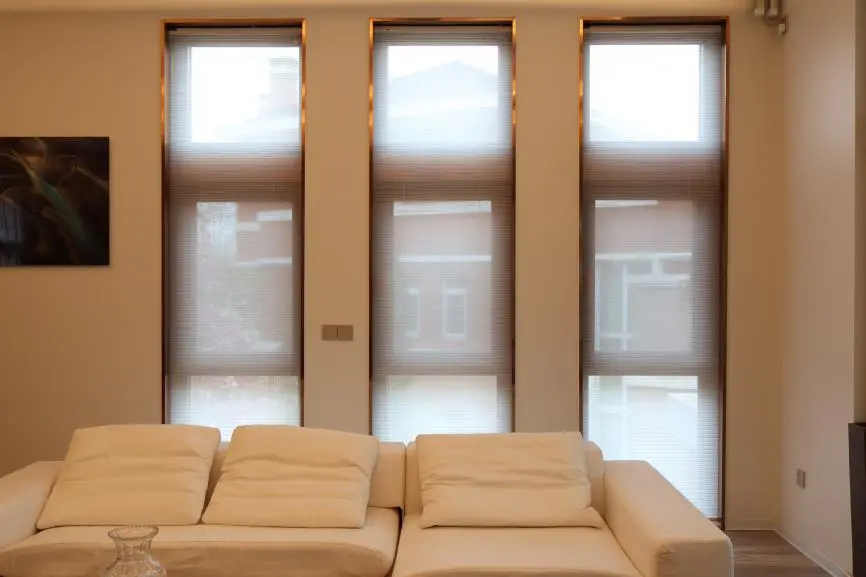
The selection of aluminum windows and aluminum clad wooden windows requires a comprehensive budget, environmental requirements, and long-term usage costs. Consumers who pursue cost-effectiveness and practicality can give priority to considering aluminum windows with broken bridges; For users who value quality, environmental protection, and comfortable experience, aluminum clad wooden windows are a better solution. It is recommended to prioritize choosing brands with authoritative certification and long warranty period when making purchases, to ensure that product performance and after-sales service meet both standards.
Full Analysis and Selection Guide for Window Opening Methods
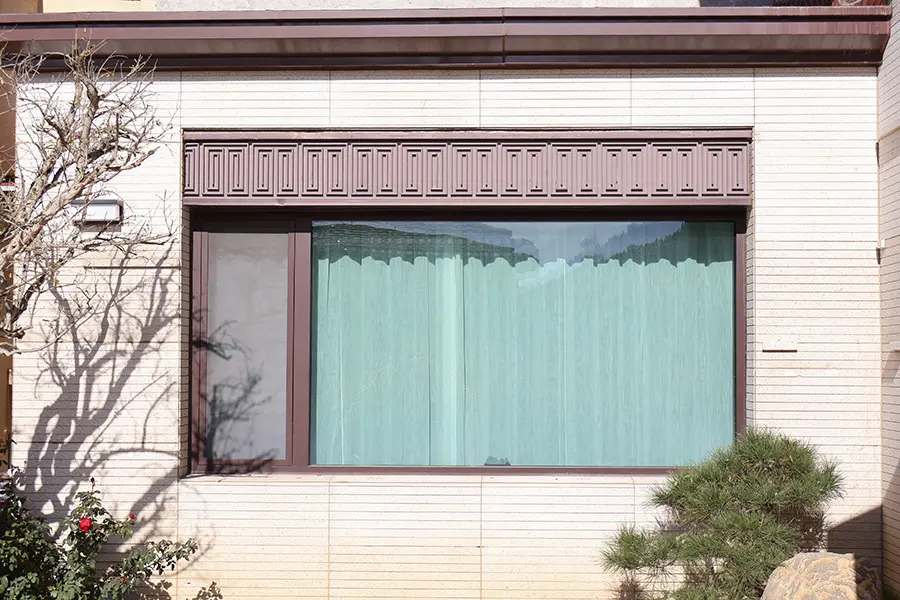
With the continuous upgrading of architectural design and home demand, the choice of window opening method has become a key factor affecting the living experience. From traditional casement windows to intelligent folding windows, different opening methods have their own characteristics in ventilation, sound insulation, safety, and space utilization.
1、Comparison of mainstream window opening methods
Internally open and internally inverted window
Advantages:
Supports two modes: flat opening and inverted opening. When inverted, only 10-30 ° is turned on. It can be ventilated in rainy days and prevent rainwater infiltration, ensuring high safety;
Strong sealing, better insulation and sound insulation performance than external windows.
Limitations: Internal swing opening occupies indoor space and may affect curtain or ceiling design.
Applicable scenarios: high-rise residential buildings, children's rooms, and bedrooms with high requirements for sound insulation.
External window opening (including external flat opening and external hanging opening)
Advantages:
External flat opening does not occupy indoor space and has a large ventilation area; External suspension can maintain a 10cm gap for ventilation, balancing safety and rain protection;
Sealed better than sliding windows, suitable for low rise residential buildings.
Limitations: External casement window fans are susceptible to damage from strong winds and are prohibited in high-rise buildings; External suspension is inconvenient for cleaning and has limited ventilation.
Applicable scenarios: Low floor living rooms and bathrooms (requiring installation of anti fall chains).
Sliding window
Advantages:
Easy to open, does not take up space, suitable for small apartments;
High cost-effectiveness, can be used with screen windows, and has flexible ventilation positions.
Limitations:
The maximum opening area is only 50%, with poor sealing and easy leakage of air and rain;
The accumulation of dust on the track is difficult to clean, and long-term use is prone to jamming.
Applicable scenarios: kitchens, bathrooms, and balconies with low ventilation requirements.
Folding window and drifting window
Folding window: can be fully opened to one side to achieve panoramic view, but has weak sealing and insulation properties, and a high hardware failure rate;
Drift window: The flat push design combines the advantages of sliding and opening, but the domestic technology is not yet mature and the maintenance cost is high.
Applicable scenarios: Special demand scenarios such as open balconies and landscape windows.
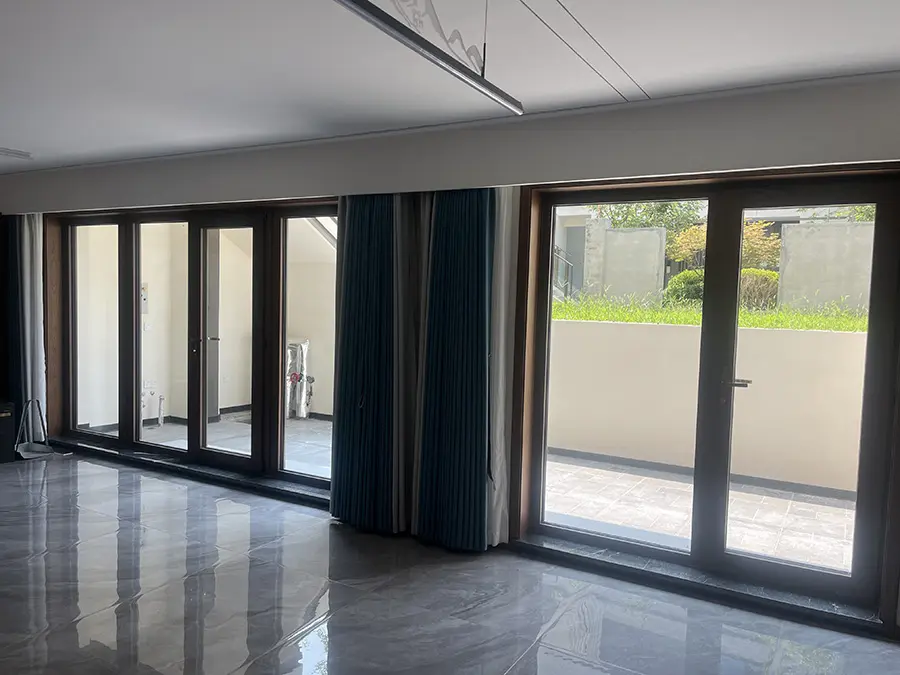
2、 Core elements of purchasing decision-making
1. Space and layout adaptation
Small apartments: prioritize sliding windows or inward facing windows to reduce space occupation;
High rise residential buildings: External casement windows are prohibited, and it is recommended to design with internal opening and internal tilting or internal casement to avoid safety hazards.
2.Environmental and functional requirements
Street facing/high noise areas: Choose three layers of insulated glass with inward facing windows to increase noise reduction by 30%;
Damp areas (such as bathrooms): External hanging windows or sliding windows should be used to prevent wood from getting damp.
Intelligence and long-term maintenance
The electric window opener can be remotely controlled through an APP to solve the problem of high window operation, but it is necessary to choose a brand product with waterproof and dustproof design;
Prioritize choosing brands that offer long-term warranty to reduce the risk of hardware aging.
3.Industry Trends and Brand Innovation
Intelligent door and window technology is further popularized, which can monitor the status of windows in real time and automatically adjust the ventilation mode. Meanwhile, the lightweight design of folding windows (such as carbon fiber frames) and imported hardware solutions for drift windows are gradually addressing the pain points of traditional products.
The choice of window opening method should balance practicality, safety, and aesthetics. Consumers should prioritize sealing, usability, and brand services based on the characteristics of the layout, environmental requirements, and budget. With technological iteration, intelligent and energy-saving doors and windows may become the mainstream of the market in the future, injecting more technology and comfortable experience into home life.






